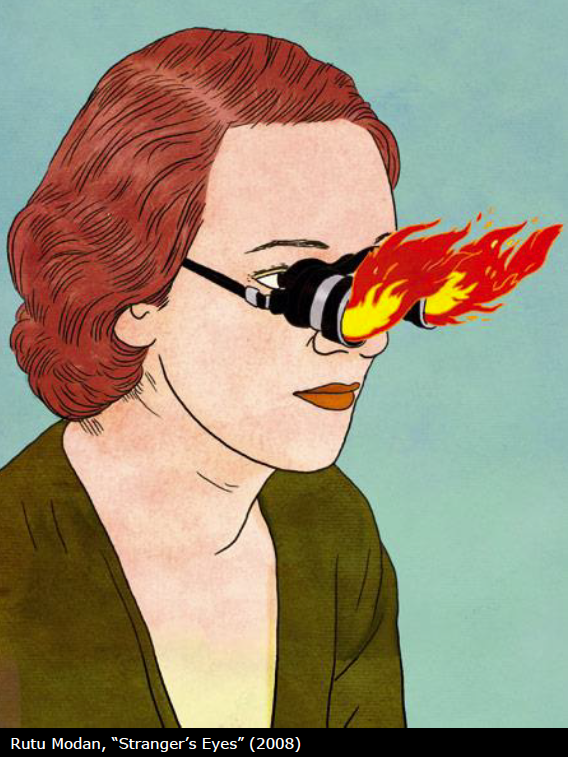
Department of Art + Design is offering new and notable courses for Spring 2018!
ARTH 5902 Art + Design History: Feminism and Visual Culture, 4 credits
Instructor: Professor Hillary Chute
CRN: 37404
Tuesdays, 1:35-5:05 p.m.
Shillman 205
This interdisciplinary course offers both historical footing and a spotlight on contemporary practice. It focuses on articulating frameworks for understanding varieties of feminist cultural production that exist in the realm of visual culture—and also that themselves shape what “visual culture” means. The course offers a grounding in key concepts driving feminist cultural production, and in overlapping debates about visual culture, including around issues such as embodiment, subjectivity, spectatorship, and desire. What does the visual accomplish for differently-conceived feminisms? To that end, we will establish a critical trajectory by reading historically important works of theory and criticism (including by Linda Nochlin and Laura Mulvey, among others), alongside additional feminist and visual theory. We will explore a range of creative forms, including but not limited to comics and graphic novels, film, painting, performance art, theater, photography, propaganda, television, digital projects, and music videos.

ARTH 5902 Art + Design History: Evidence and Aesthetics Across Media, 4 credits
CRN: 37405 for graduate students
ARTE 3901 ST: Evidence and Aesthetics Across Media, 4 credits
CRN: 37403 for undergraduate students
Instructor: Professor Hillary Chute
Fridays, 1:35-5:05 p.m.
Ryder 399
We are in a kind of golden age of documentary possibility—and desire—right now. How do the aesthetics of different media shape their ethical possibilities and political valences (and vice versa)? Ranging over distinct forms, some from earlier periods and many contemporary, we will explore “documentary” as an epistemic issue. What is a document—and why does it matter? Most recent debates about documentary have been about theorizing the filmic and the televisual—or the photographic. In this class, we will look across media at the ontological properties of the filmic and photographic alongside prose and the drawn line. We will examine different uses of documentary, and the emergence of cultures of evidence around forms of attesting to history and reality (such as eyewitness testimony, which was codified by the Eichmann trial in 1961). From Goya’s etchings to Errol Morris’s filmic re-enactments, we will investigate the aesthetic and evidentiary possibilities of documentary, especially in the age of the digital. We will consider this from a critical/theoretical point of view, and also from that of the maker.”


